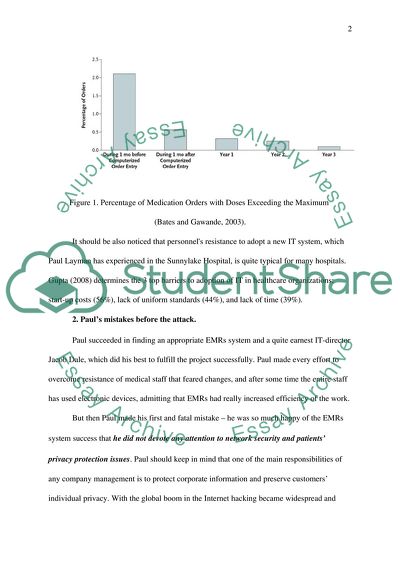Cite this document
(The Way Sunnylake Deals with the Attack Case Study, n.d.)
The Way Sunnylake Deals with the Attack Case Study. https://studentshare.org/medical-science/1734859-how-should-sunnylake-deal-with-the-attack
The Way Sunnylake Deals with the Attack Case Study. https://studentshare.org/medical-science/1734859-how-should-sunnylake-deal-with-the-attack
(The Way Sunnylake Deals With the Attack Case Study)
The Way Sunnylake Deals With the Attack Case Study. https://studentshare.org/medical-science/1734859-how-should-sunnylake-deal-with-the-attack.
The Way Sunnylake Deals With the Attack Case Study. https://studentshare.org/medical-science/1734859-how-should-sunnylake-deal-with-the-attack.
“The Way Sunnylake Deals With the Attack Case Study”. https://studentshare.org/medical-science/1734859-how-should-sunnylake-deal-with-the-attack.


